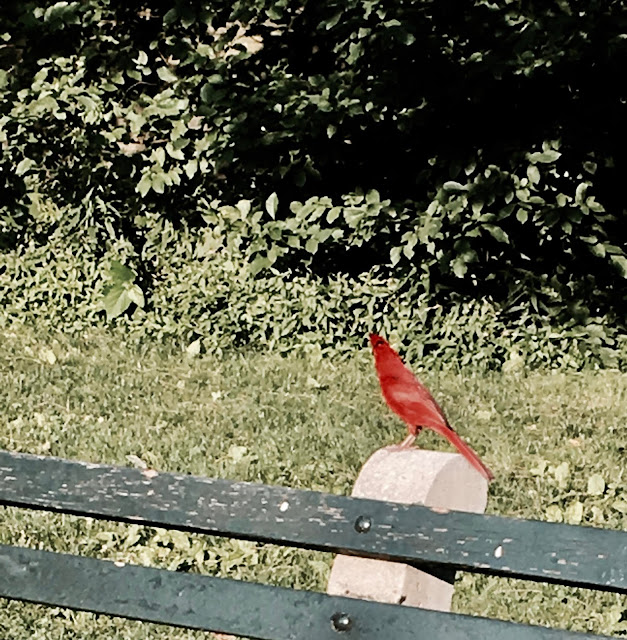Humans need to change, the elephant cannot be expected to change.
Do not drink or smoke in the forest
Do not challenge the animal
Carry a torch when you go out at night. Do not store water too close to the houses or foodstuffs like rice and sugar in large quantities. Marimuthu points out that some tribal settlements around Coimbatore dry tamarind on rooftops. “A sure fire way to attract elephants.”
Suppose you go to a waterbody to wash clothes or have a bath at a particular time. If you always see an elephant, change the time you go there, advises Daniel. They also teach people about checking wind direction so that smells don’t carry to the elephant.
R Marimuthu and BA Daniel of Zoo Outreach Organisation talk about how humans and elephants can coexist peacefully - The Hindu
Elephant etiquette for humans
You can co-exist with elephants. All you need to do is make small adjustments in your lifestyle, say BA Daniel and R Marimuthu of Zoo Outreach Organisation
R Krithika
“In Nepal, they now have a new way of driving elephants away from human habitation. They keep piglets, which they squeeze when the elephant approaches. When they squeal, the pachyderm moves away.” I stare incredulously at BA Daniel and R Marimuthu, who conduct Zoo Outreach Organisation’s training programmes on Human Elephant Coexistence (HECx) across the 13 countries where the Asian elephant lives.
R Marimuthu (in orange t-shirt) and BA Daniel (in white shirt) at a workshop
R Marimuthu (in orange t-shirt) and BA Daniel (in white shirt) at a workshop | Photo Credit: Special Arrangemen
Daniel laughs, “The elephants had gotten used to firecrackers and drums. They needed a new noise.” To which Marimuthu adds, “I’ve heard of villages where elephants went away when a newborn cried.” I’m half inclined to wonder if they’re pulling my leg but the men are dead serious.
The first step, explains Daniel, is to break down scientific research papers into simple pamphlets and manuals. Then translate these into local languages, depending on the location. Lastly, identify educators in those areas, train and loop them with local NGOs and the Forest Department and let them spread the word. “We follow up every three months or so to ensure the message gets through.” While the HECx focuses on elephants, the programme itself can be adapted to any human-animal conflict or to spread conservation ideas, they say.
A scene from a street play
The focus of the programme is “take responsibility for yourself”. Daniel speaks about elephant etiquette “for the humans,” he hastens to add, “not for the animal. You can’t expect the animal to change its behaviour. But if you make small adjustments, you can co-exist.”
Given how charged the situation was recently when farmers in Thadagam area protested crop raiding by elephants, I ask if coexistence is possible. Both men insist it is and say HECx will be launched there soon. “It takes time to change people’s attitude,” says Daniel. “They need to understand that it’s another species that also needs to live.”
Marimuthu holds up Jhapa in Nepal, as an example. “We’ve been working there since 2008 and it’s taken 11 years to see the change.” Gram panchayats have started building toilets inside the village to stop people from going into forests to answer Nature’s call. Daniel points out that the village traditionally harvested its crops thrice a year. “Of course the elephants would come. So they installed an electric fence along an 18km stretch, which they also maintain and manage. For the last four years, they have been harvesting twice a year successfully. Other villages are trying to use something similar.”
Finger puppets used to create awareness
Speaking of farming brings us to the question of kind of crops. “Flowers, chillies, beans…, we can suggest plenty of cash crops that the elephant will not raid,” says Marimuthu. But again it takes time for farmers to make the shift.
As we speak, Daniel muses that two villages just a couple of kilometres apart can have starkly contrasting attitudes to the animal. “In one the tolerance level is rock bottom, the other cannot do without the elephant.” Both recount amusing stories from villages like Doomanur and Sembukkarai where the elephant is revered, not reviled.
Both men are very clear that the success of this programme rests on the involvement of all stakeholders: Forest Department officers, rangers and guards; local NGOs or groups; school teachers, district administration and children. “Local participation is crucial,” smiles Daniel. “After all they are the ones who live there and will be working together.”
 5th July 2019
5th July 2019



















































